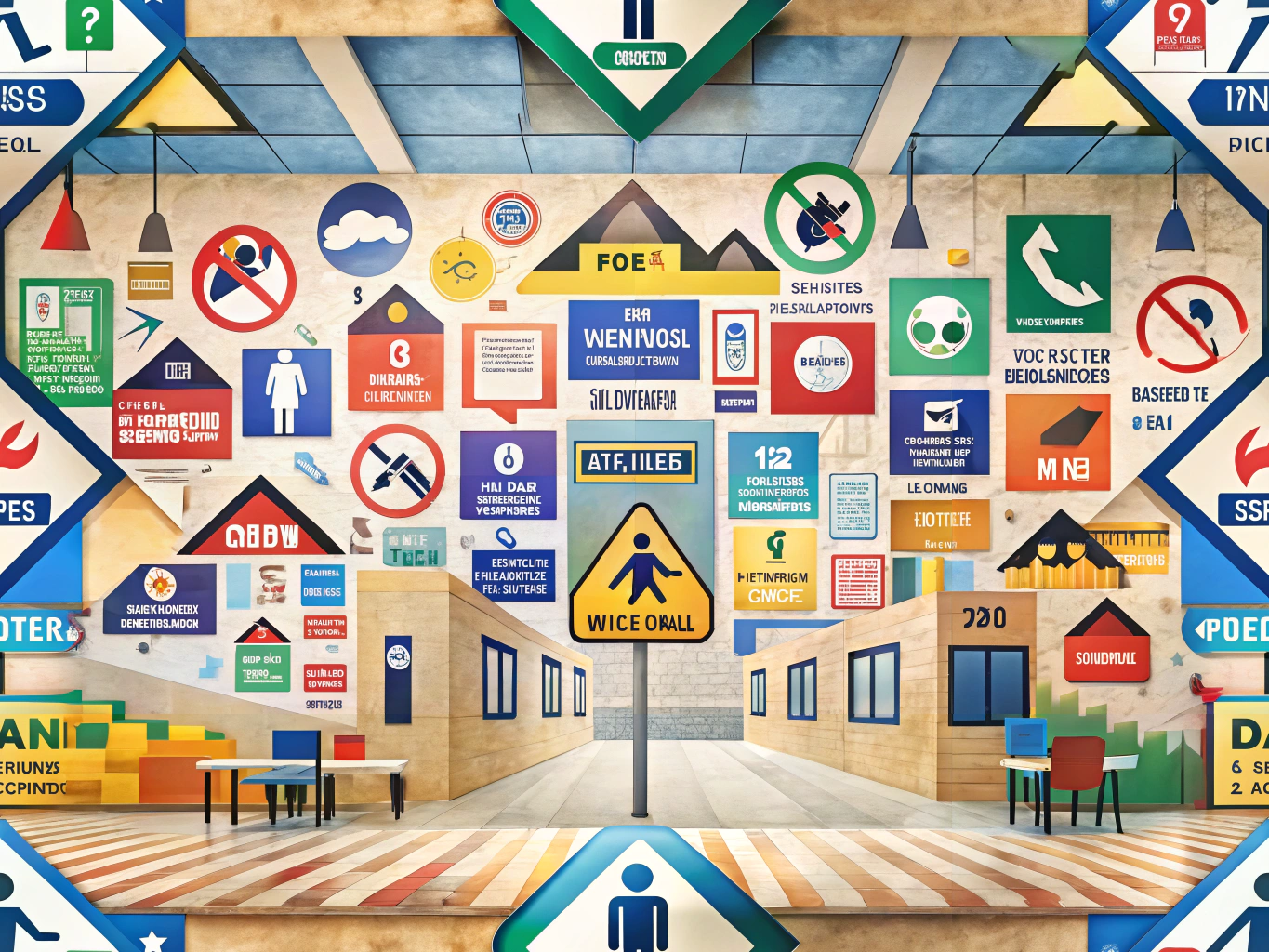What Makes a Sign ‘Legally Compliant’ in Different Cities?
Navigating the Maze of Signage Compliance: A City-by-City Adventure
Imagine strolling through a bustling city, each street adorned with vibrant signs that tell stories of local businesses, eateries, and cultural hotspots. But behind every eye-catching sign lies a complex web of signage regulations and signage laws that ensure these visual delights are not just beautiful but also legally compliant. Let’s embark on a journey to uncover what makes a sign “legally compliant” in different cities, and how you can navigate this intricate landscape with ease.
The Art and Science of Signage Compliance
Creating a sign that captures attention is an art, but ensuring it meets legal signage requirements is a science. Each city has its own set of signage compliance rules, often influenced by local culture, architecture, and community standards. These rules dictate everything from the size and placement of signs to the materials used and even the colors allowed. Understanding these signage laws is crucial for any business looking to make a mark without crossing legal boundaries.
A Tale of Two Cities: Contrasting Signage Laws
Consider the vibrant streets of New York City, where city signage compliance is as dynamic as the city itself. Here, digital displays and neon lights are a common sight, but they must adhere to strict guidelines regarding brightness and placement to avoid overwhelming the urban landscape. In contrast, a city like Charleston, South Carolina, with its historic charm, imposes more traditional signage compliance rules, favoring wooden signs with muted colors to preserve its colonial aesthetic.
Crafting Your Signage Compliance Guide
To navigate these diverse signage legal compliance landscapes, a well-crafted signage compliance guide is essential. This guide should include a signage compliance checklist tailored to the specific city where your business operates. Key elements to consider include:
- Size and Scale: Ensure your sign fits within the maximum dimensions allowed by local signage regulations.
- Materials and Design: Choose materials that align with the city’s aesthetic and legal standards.
- Placement and Visibility: Position your sign where it is visible yet compliant with signage laws regarding proximity to roads and other structures.
- Lighting and Illumination: If your sign is illuminated, verify that it meets the city’s brightness and energy efficiency requirements.
The Role of Local Authorities in Signage Compliance
Local authorities play a pivotal role in enforcing signage compliance. They provide the necessary permits and conduct inspections to ensure that all signs meet the established legal signage requirements. Engaging with these authorities early in the design process can save time and prevent costly redesigns or fines.
Your Signage Compliance Checklist: A Handy Companion
To simplify your journey through the world of signage compliance, keep this signage compliance checklist handy:
- Research Local Regulations: Start by understanding the specific signage laws in your city.
- Consult with Experts: Work with signage professionals who are familiar with local signage compliance standards.
- Draft a Compliance Plan: Outline how your sign will meet all legal signage requirements.
- Seek Approval: Submit your design for approval to the relevant local authorities.
- Regular Updates: Stay informed about any changes in signage regulations that may affect your sign.
Embracing the Challenge of Signage Compliance
While the path to signage legal compliance may seem daunting, it is an opportunity to showcase creativity within the boundaries of the law. By understanding and embracing signage compliance, businesses can create signs that not only captivate but also respect the unique character of each city. So, as you plan your next signage project, remember that compliance is not just a requirement—it’s a chance to contribute to the visual tapestry of your community.
In the end, a legally compliant sign is more than just a piece of advertising; it’s a harmonious blend of art, law, and local culture. Embrace the challenge, and let your sign tell a story that resonates with both the city and its people.
For more insights on signage solutions, visit our School Signage Solutions page.

